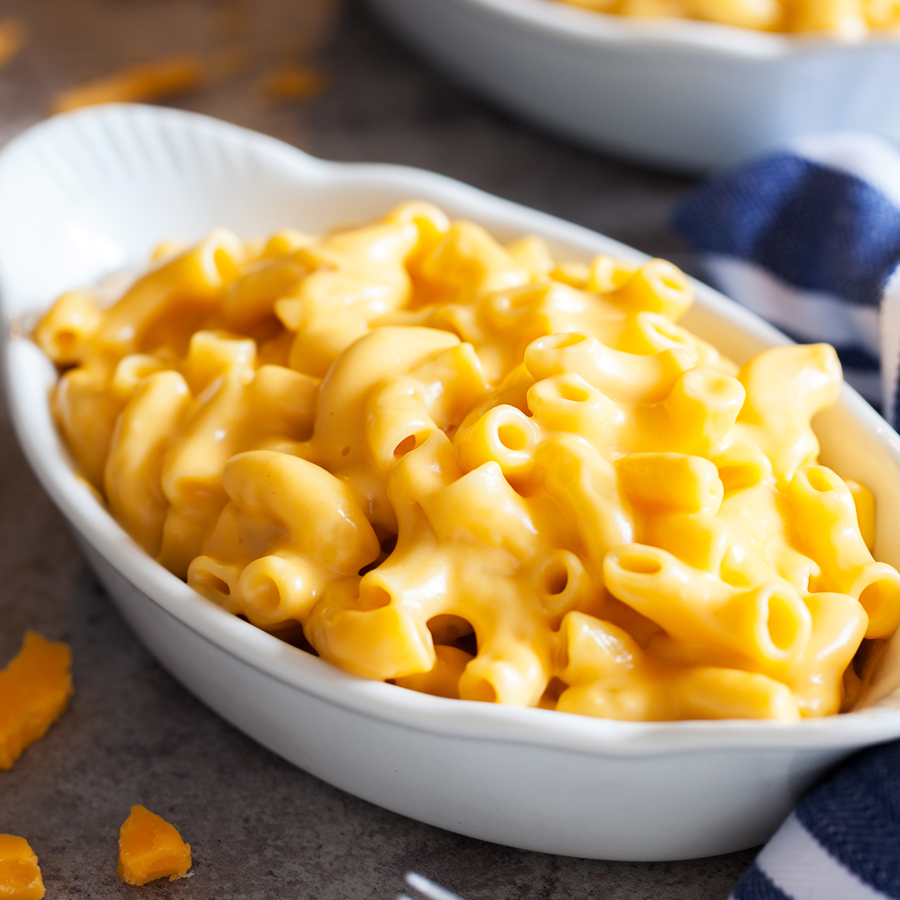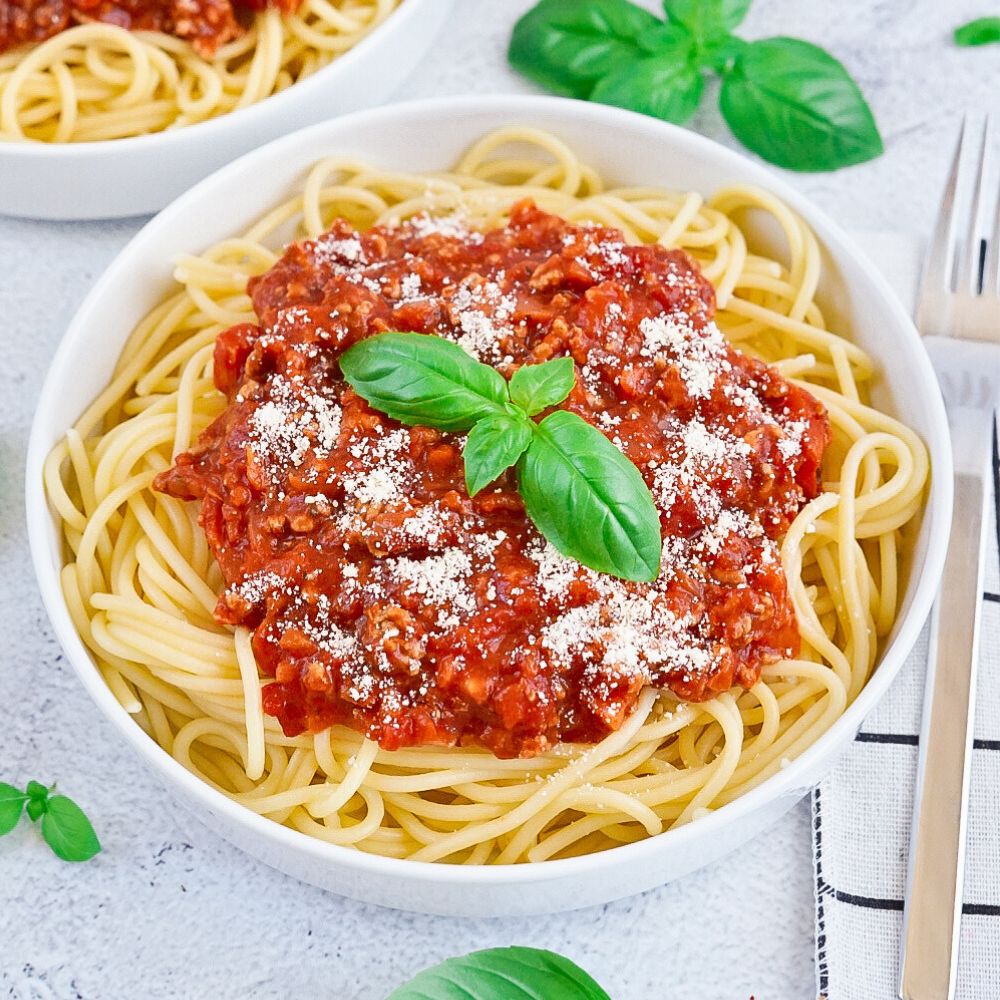
The Golden Age: How Macaroni and Cheese Became America’s Hug in a Bowl
There are foods we eat for fuel, and foods we eat for flair. And then, there are foods we eat for comfort. In this hallowed category, one dish reigns supreme, a culinary monarch draped in a velvety, golden cloak: Macaroni and Cheese. It is the undisputed king of comfort food, a dish that transcends age, class, and occasion. It’s the celebratory side dish at a summer barbecue, the emergency weeknight dinner from a blue box, the gourmet centerpiece studded with lobster, and the first meal we learn to make on our own. It is, quite simply, a hug in a bowl.
But this ubiquitous dish, seemingly as American as baseball and apple pie, possesses a surprisingly deep and noble history. Its journey from European royal courts to the American pantry is a story of culinary innovation, economic necessity, and the enduring power of simple, soul-satisfying ingredients.
From Italian Courts to Jefferson’s Table
Long before it was a staple of the Kraft Foods empire, the concept of combining pasta with cheese was a European delicacy. The first documented recipe that resembles modern mac and cheese appears in the 14th-century Italian cookbook, Liber de Coquina, which describes a dish of pasta sheets boiled and layered with grated cheese, likely Parmesan. Versions of this dish, often rich with butter and spices, became popular among the Italian and French aristocracy.
The dish’s pivotal journey to American shores can be largely credited to one of the nation’s most epicurean founding fathers: Thomas Jefferson. During his time as the American Minister to France in the 1780s, Jefferson developed a profound love for European cuisine. He was particularly enamored with a pasta dish he encountered in Paris and Northern Italy. He sketched a design for a "maccaroni" machine and, upon his return to Virginia, had one imported.
In 1802, at a state dinner at the White House, President Jefferson served what one guest, Reverend Manasseh Cutler, described as "a pie called macaroni." While Cutler was not particularly impressed, Jefferson had successfully introduced the dish to the American elite. His cousin, Mary Randolph, a celebrated hostess and author, included a recipe for "Macaroni and Cheese" in her influential 1824 cookbook, The Virginia House-Wife. Her version involved layering cooked macaroni with butter and cheese and baking it until "a fine brown." This baked casserole format would become the blueprint for the classic Southern-style mac and cheese still beloved today.
The Democratization of a Dish
For much of the 19th century, macaroni and cheese remained a dish for the well-to-do, requiring access to imported pasta and the time for elaborate preparation. The Industrial Revolution, however, began to change everything. Mass production made pasta cheap and widely available, and American dairy farmers were producing cheese in ever-increasing quantities.
The true turning point came during the Great Depression. Families needed meals that were inexpensive, filling, and made from non-perishable ingredients. It was in this climate of scarcity and ingenuity that a St. Louis salesman had a brilliant idea. He began selling boxes of uncooked macaroni with a packet of processed cheese attached by a rubber band. The concept was a hit.
Sensing a monumental opportunity, the Kraft Foods Company refined the idea and, in 1937, introduced the world to the "Kraft Dinner." For just 19 cents, a family could have "a meal for four in nine minutes." The timing was impeccable. Amidst economic hardship and with the nation on the brink of war, this convenient, affordable, and satisfying meal became an overnight sensation. Eight million boxes were sold in the first year alone. The iconic blue box had arrived, forever changing the American culinary landscape and cementing macaroni and cheese as a pantry staple.
The Anatomy of Perfection: Deconstructing the Classic
What makes a truly great macaroni and cheese? While the blue box holds a special place in our nostalgic hearts, the pursuit of the perfect homemade version is a culinary quest for many. The magic lies in the interplay of three key components: the pasta, the cheese, and the sauce.
The Pasta: While the name specifies "macaroni," specifically elbow macaroni, the world of pasta offers a playground of possibilities. The ideal shape has nooks, crannies, or ridges to capture and hold the maximum amount of sauce. Shells (conchiglie) act like tiny cups, trapping pools of cheesy goodness. Corkscrews like cavatappi or fusilli ensure sauce clings to every spiral. Radiatore, with its ruffled fins, is a master of sauce adhesion. The key is to cook the pasta just shy of al dente; it will continue to cook in the hot cheese sauce or in the oven, and mushy pasta is the enemy of a great mac.
The Cheese: This is the soul of the dish. A single cheese can work, but a blend creates unparalleled depth and complexity. A successful blend balances three qualities:
- The Melter: This is the base. A good medium or sharp cheddar is the classic choice, providing a tangy backbone and a beautiful melt. Other excellent melters include nutty Gruyère, creamy Fontina, and mild Monterey Jack. Processed American cheese, despite its humble reputation, is a secret weapon; it contains sodium citrate, an emulsifying salt that guarantees a silky, smooth, break-proof sauce.
- The Flavor: These are the cheeses you add for a punch of character. A sharp, salty Parmesan or Pecorino Romano adds a savory depth. Smoked Gouda can infuse the dish with a rich, campfire-like aroma. A bit of blue cheese can add a funky, sophisticated edge.
- The Creaminess: For an extra-luxurious texture, a dollop of cream cheese or mascarpone can be whisked into the sauce, lending it a velvety, cheesecake-like consistency.
The Sauce: The vehicle that brings everything together is the sauce. The classic method involves creating a Mornay sauce, which is a Béchamel (a white sauce made from a butter-and-flour roux and milk) enriched with cheese. The roux is crucial; it thickens the sauce and prevents the fats in the cheese from separating, ensuring a smooth, cohesive emulsion rather than a greasy, stringy mess. For a quicker stovetop version, many cooks swear by using evaporated milk, which has a lower water content and higher protein concentration, helping to stabilize the sauce without a roux.
The Modern Mac and Cheese Renaissance
In the 21st century, macaroni and cheese has undergone a remarkable renaissance. No longer confined to the role of a humble side dish, it has been elevated to a main course and a canvas for culinary creativity. Chefs at high-end restaurants and gastropubs across the country have put their signature spin on it, transforming it into a gourmet experience.
We now see mac and cheese laden with decadent additions like lobster, truffle oil, and wild mushrooms. It’s topped with crispy prosciutto, caramelized onions, or spicy jalapeños. It serves as the base for hearty integrations like BBQ pulled pork, Buffalo chicken, or smoky bacon. The topping, once an afterthought of crushed crackers, is now a critical textural element, with Japanese panko breadcrumbs, toasted and tossed with butter and herbs, becoming the new gold standard for a crunchy lid.
Furthermore, the dish has adapted to modern dietary needs. Gluten-free pastas have made it accessible to all, and innovative vegan versions, using cashew cream, nutritional yeast, and plant-based butters, have managed to capture the creamy, savory essence of the original without any dairy.
From Jefferson’s dining room to the Depression-era pantry, from the after-school snack to the centerpiece of a gourmet meal, macaroni and cheese has proven to be a true culinary chameleon. Yet, its enduring appeal lies not in its versatility, but in its constancy. No matter the form, it delivers a fundamental promise of warmth, satisfaction, and nostalgia. It is the taste of childhood, the feeling of coming home, the simple, unadulterated joy of molten cheese and tender pasta. It is more than a meal; it’s an experience, a memory, and America’s favorite hug in a bowl.
:max_bytes(150000):strip_icc()/baked-macaroni-and-cheese-183780212-5892ac5b3df78caebcfa3bc9.jpg)
The Golden Age: How Macaroni and Cheese Became America’s Hug in a Bowl pictures collections gallery
The Golden Age: How Macaroni and Cheese Became America’s Hug in a Bowl is a nice pictures and stock photo for your computer desktop or your smartphone device (ipad, tablet, blackberry, iphone, and other device) and also for your personal use. Free available for desktop wallpaper or additional image collections for your all needs. And was uploaded by at date July 1, 2025. You can download it in your computer by clicking download button to save image... have nice day and have fun guys..
This 1 image in featured post from 0 Photos/images Gallery and awesome picture selections about The Golden Age: How Macaroni and Cheese Became America’s Hug in a Bowl is available to download. "Download & Save" images/pictures/wallpapers now and this Is one of the post that listed in packed to Category is Foods directory, with image dimension/resolution size is 900 × 900 px and size image/picture file is 419 KB with original link post ID is : https://powae.pw/the-golden-age-how-macaroni-and-cheese-became-americas-hug-in-a-bowl/. Get download/save images in post and gallery, "download" images or "preview" it on a bigger image for spesification sample in Large size (full attachment size) here : [Download & View to Large size]. Just Simple way, in thumbnail or in Gallery. *Click images to view Large Size.We collect this wonderful image from online and choose one of the best for you. Pictures collection that posted here was carefully chosen and published by author after choosing the ones which are best among the others. So, ultimately we make it and here these list of best image for your inspiration and informational reason regarding the The Golden Age: How Macaroni and Cheese Became America’s Hug in a Bowl as part of blogsite exclusive updates collection. So, take your time and find the best informations and pictures posted here that suitable with your needs and use it for your own collection and personal use. About Image information: Image has been submitted and You are able to give your opinion as evaluations to our web site value.
Don't forget to comment if you interest with this images, you can share this post to social media like as facebook, twitter, google+, pinterest, stumbleupon, and more. just click social media buttons for share this post The Golden Age: How Macaroni and Cheese Became America’s Hug in a Bowl Now. :)
Thanks for your visit, I hope you happy come to opo wae, wis opo wae, and get what you're looking for. And hope sometimes you will come back again here. All you need to do is help us develop by discussing this The Golden Age: How Macaroni and Cheese Became America’s Hug in a Bowl if you like it "leave your comment". have fun, Thank you.



